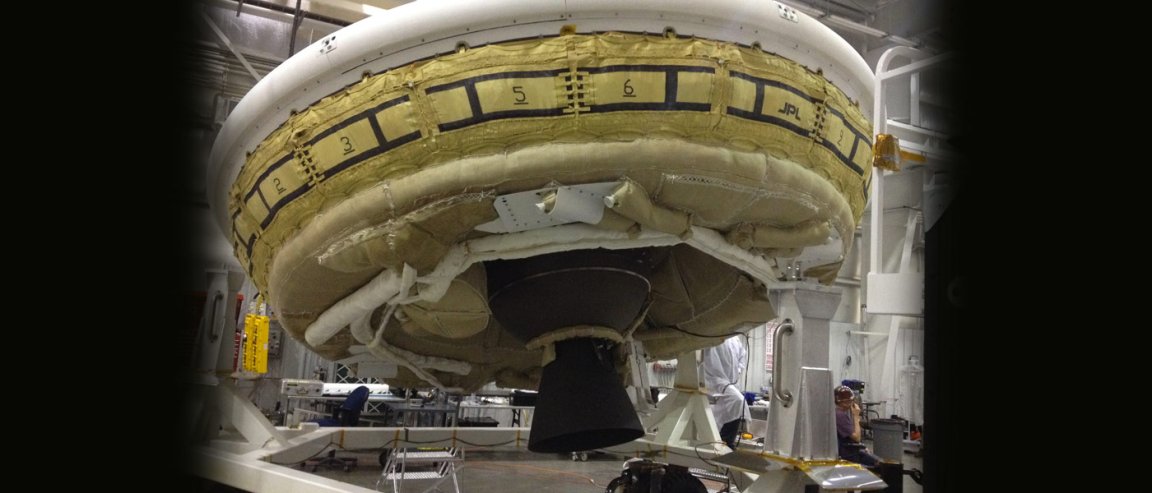
The Coming of the Saucers
If, sometime in the near future, you hear stories of strange flying discs hovering around our national parks and forests, don’t be alarmed.
It’s not a Martian invasion, or an assault by cattle-mutilating Greys. It’s actually something far more benevolent—the Firesound, a futuristic firefighting drone concept developed by theorist and inventor Charles Bombardier.
“There’s a whole lot of ideas that are sitting on the shelves of scientists, that could be turned into a creative content like the Firesound,” Bombardier says, explaining how the idea was conceived. “It just need somebody to go find them, and expand on them.”
Bombardier was inspired by recent research showing that fires can be contained and even extinguished with sound waves. This is because low frequency sound moves air in such a way as to starve a fire of oxygen.
His inspiration came when he decided to combine this sonic firefighting technique with low-cost drone technology.
UFOs to the Rescue

Thus the Firesound was born. It’s an electric drone that uses a hydrogen fuel cell, and it stays aloft through the lifting action of four fans spaced along the disc’s edge. Rear and forward air intakes, as well as exhaust vents on the undercarriage, allow for directional changes.
It’s a very simple concept, one which Bombardier envisions using for a broad range of activities in national parks and forests. It can, for example, be used to monitor forests for signs of incipient fires, or seek out unattended campfires or other human misdeeds (which account for some 90% of forest fires).
The Firesound could detect fires in these early stages, using infrared sensors, and then swoop in and extinguish them using sound waves in the 30 to 60 Hz bass range. The beauty of sound waves is that the drone doesn’t have to carry heavy foams and other fire retardants, a consideration that greatly hampers current firefighting efforts.
Even better, the Firesound could be used to seek out missing persons or injured hikers, and even remain near them to provide them with limited WiFi coverage—so that they have a means of communication with the outside world.
For now, Charles Bombardier is content to simply moot the idea, and let others develop it into a functioning and useful technology.
So next time you enjoy a national park or forest, keep an eye on the sky—the truth is out there.